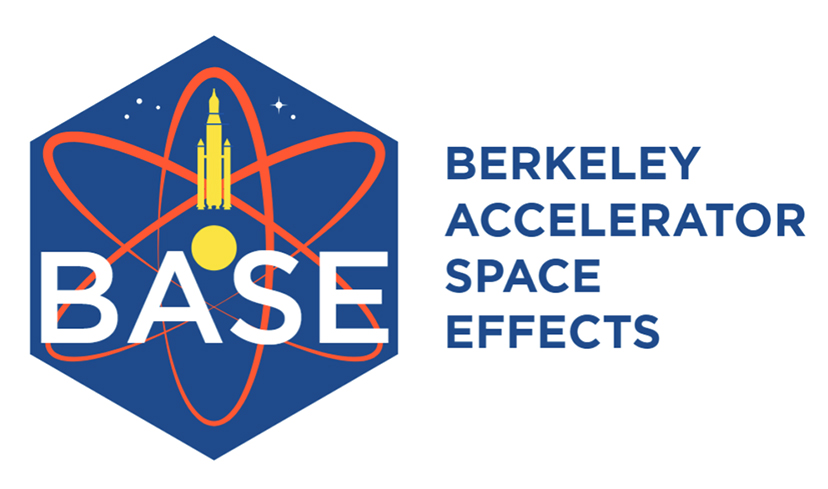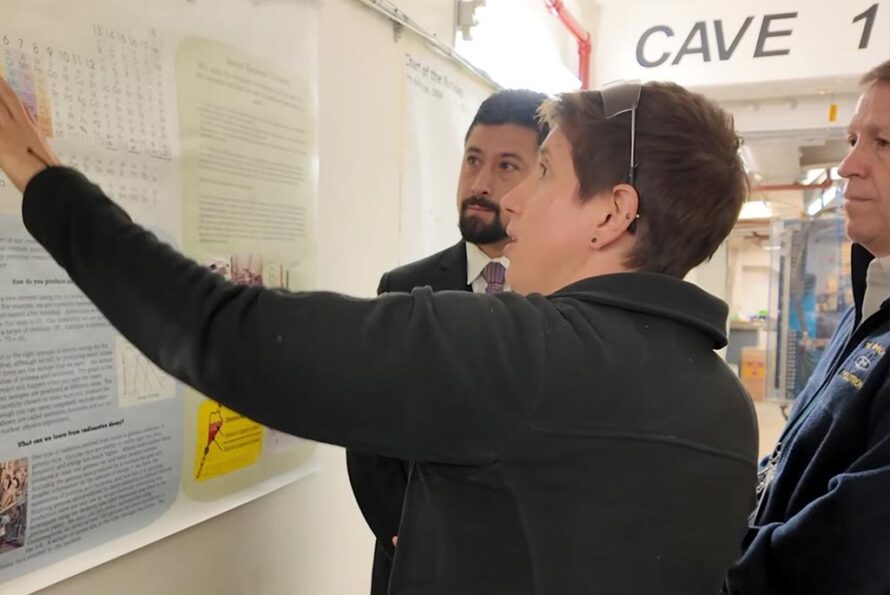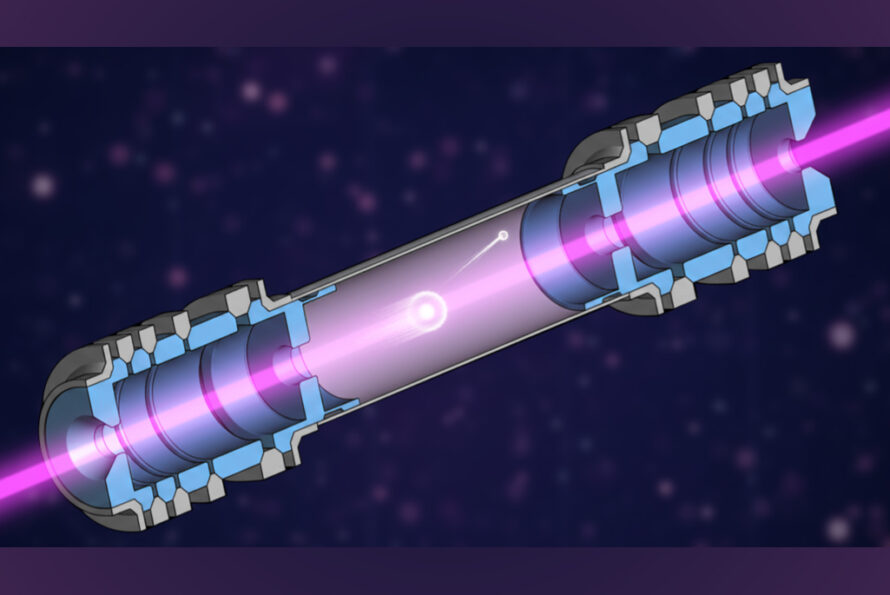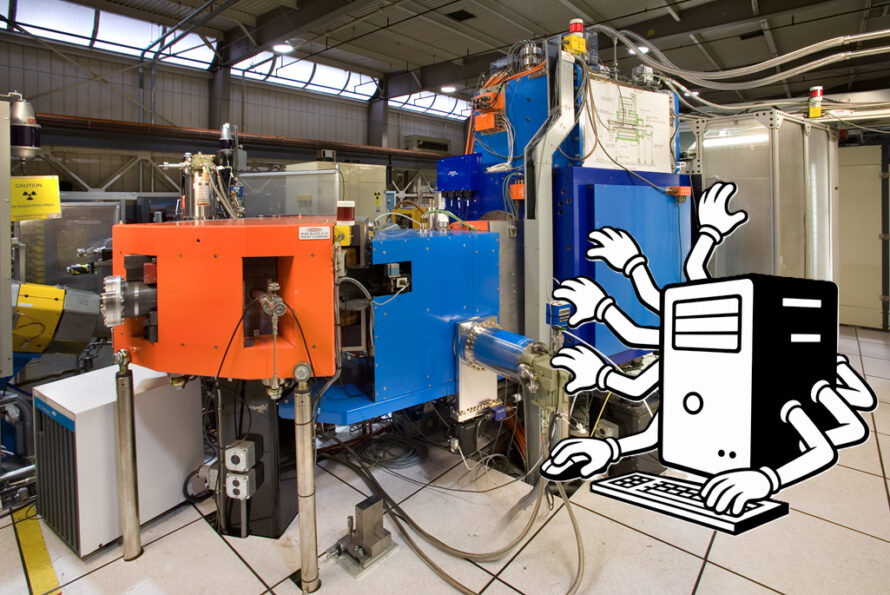The 88-Inch Cyclotron supports the research of the Low-Energy Nuclear Physics and Nuclear Data programs, primarily in nuclear structure, astrophysics, heavy element studies, and technology R&D by Lawrence Berkeley National Laboratory (Berkeley Lab) and UC Berkeley. Major instrumentation and facilities at the 88-Inch Cyclotron include the Berkeley Gas-filled Separator (BGS), the Berkeley Accelerator Space Effects (BASE) Facility, and the superconducting VENUS ion source, one of the most powerful Electron Cyclotron Resonance (ECR) ion sources in the world.
The 88-Inch Cyclotron is a 300-ton, K=140 sector-focused cyclotron with both light- and heavy-ion capabilities. Protons and other light-ions are available at high intensities (10-20 pμA) up to maximum energies of 60 MeV (protons), 65 MeV (deuterons), 170 MeV (3He), and 130 MeV (4He). Most heavy ions through uranium can be accelerated to maximum energies that vary with the mass and charge state. Construction of the 88 began in 1958 under “Rad Lab” Director and cyclotron inventor Ernest O. Lawrence, with initial commissioning and external beam delivery in May 1962. And since its first internal beam production in December 1961, it has been continuously operated and routinely upgraded – resulting in the modern research accelerator we use today.
 The Berkeley Accelerator Space Effects (BASE) Facility provides well-characterized beams of protons, heavy ions, and other medium energy particles that simulate the space environment. The National Security Space (NSS) community and researchers from other government, university, commercial, and international institutions use these beams to understand the effect of radiation on microelectronics, optics, materials, and cells.
The Berkeley Accelerator Space Effects (BASE) Facility provides well-characterized beams of protons, heavy ions, and other medium energy particles that simulate the space environment. The National Security Space (NSS) community and researchers from other government, university, commercial, and international institutions use these beams to understand the effect of radiation on microelectronics, optics, materials, and cells.
Learn more about the BASE User Facility

The technical staff at the 88-Inch Cyclotron are a highly skilled team responsible for the operation, maintenance, and optimization of the accelerator and its associated systems. This includes cyclotron operators, engineers, and technicians who oversee beam delivery, troubleshoot complex electromechanical and RF systems, and ensure compliance with stringent safety protocols. Their expertise in accelerator physics, electronics, and mechanical systems is essential for supporting cutting-edge research in nuclear science and space radiation effects.



